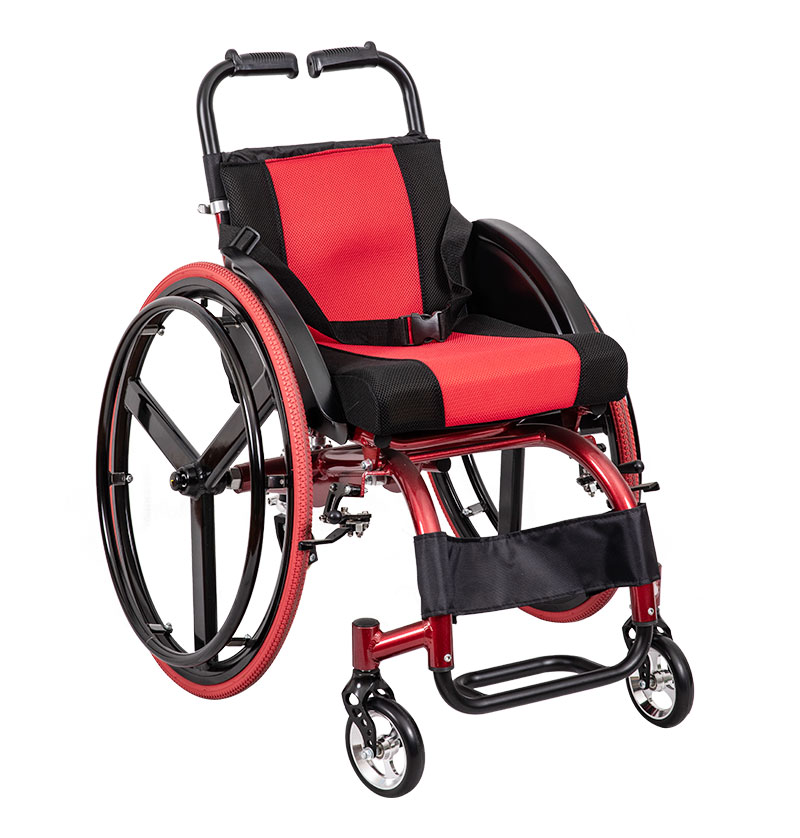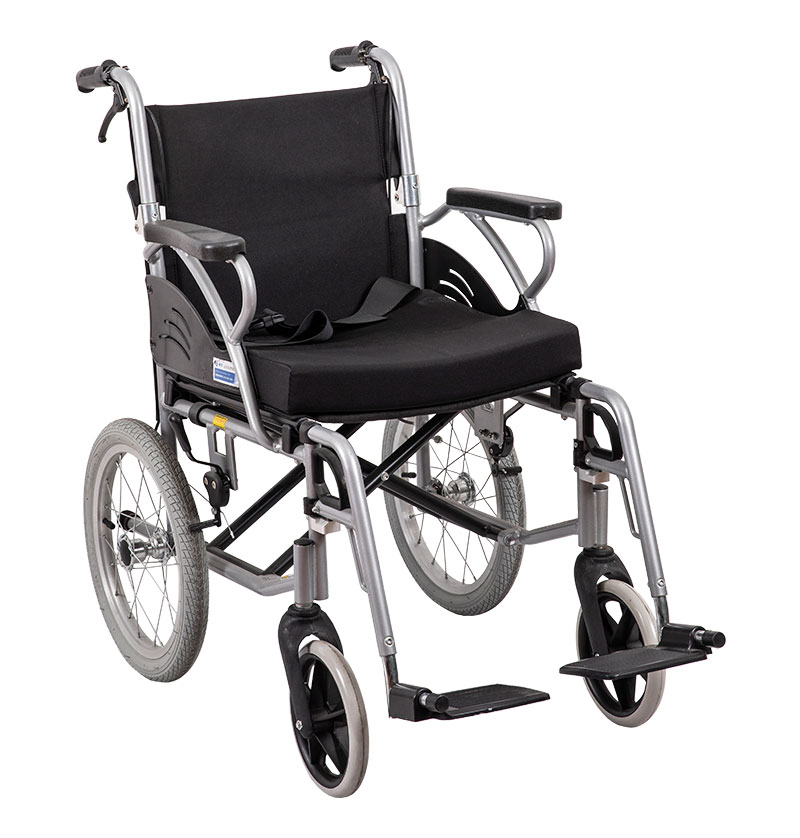What is the difference between sports wheelchairs and ordinary wheelchairs
Update:21-04-2021
Summary:As the elderly get older, their legs and feet are inconvenient. Many elderly people use wheelchairs. There are many types of wheelchairs on the market...
As the elderly get older, their legs and feet are inconvenient. Many elderly people use wheelchairs. There are many types of wheelchairs on the market. Among them, sports wheelchairs are loved by many elderly people. What is the difference between sports wheelchairs and ordinary wheelchairs?
The most important consideration for the elderly when choosing a wheelchair is the size of the wheelchair. In addition, the safety of the patient, the ability to operate, the weight of the wheelchair, the location of use, and the appearance should also be considered.
The main weight bearing parts of wheelchair users are around the hip ischial tuberosity, around the femur, around the fossa and around the scapula. The size of the wheelchair, especially the seat width, depth, height of the backrest, and the proper distance between the footrest and the seat cushion, will affect the blood circulation of the occupant's stress-related parts, and cause skin abrasion and even pressure sores.
The most important consideration for the elderly when choosing a wheelchair is the size of the wheelchair. In addition, the safety of the patient, the ability to operate, the weight of the wheelchair, the location of use, and the appearance should also be considered.
The main weight bearing parts of wheelchair users are around the hip ischial tuberosity, around the femur, around the fossa and around the scapula. The size of the wheelchair, especially the seat width, depth, height of the backrest, and the proper distance between the footrest and the seat cushion, will affect the blood circulation of the occupant's stress-related parts, and cause skin abrasion and even pressure sores.

Sports wheelchair
A special wheelchair designed according to the competition. It is light in weight and can run faster in outdoor applications. In order to reduce weight, in addition to using high-strength lightweight materials (such as aluminum alloy), some sports wheelchairs can not only remove the armrests and footrests, but also the handles of the backrest.
Sports wheelchairs are generally lighter than ordinary wheelchairs. Ordinary wheelchairs are generally more than ten kilograms, while sports wheelchairs are generally less than ten kilograms. The lightest sports carbon-plastic wheelchair is 2.4 kilograms.
Ordinary wheelchairs have the same size and the same model. Generally, sports wheelchairs need to be customized. The staff must first measure the body size of the user, and then send the measured data to the manufacturer to start the customization.
Whenever a patient moves on a wheelchair or gets on or off the wheelchair, he must master basic actions such as operating the brake (brake), removing the armrests and footrests, lifting the hips forward on the wheelchair, and being able to move from the wheelchair. Pick up objects on the ground and move your hands to the footrest to tighten the toe belt. Patients and their families should learn to push wheelchairs on flat ground, push wheelchairs on slopes, and go up and down steps. The elderly should choose a wheelchair that suits them according to their physical condition.











